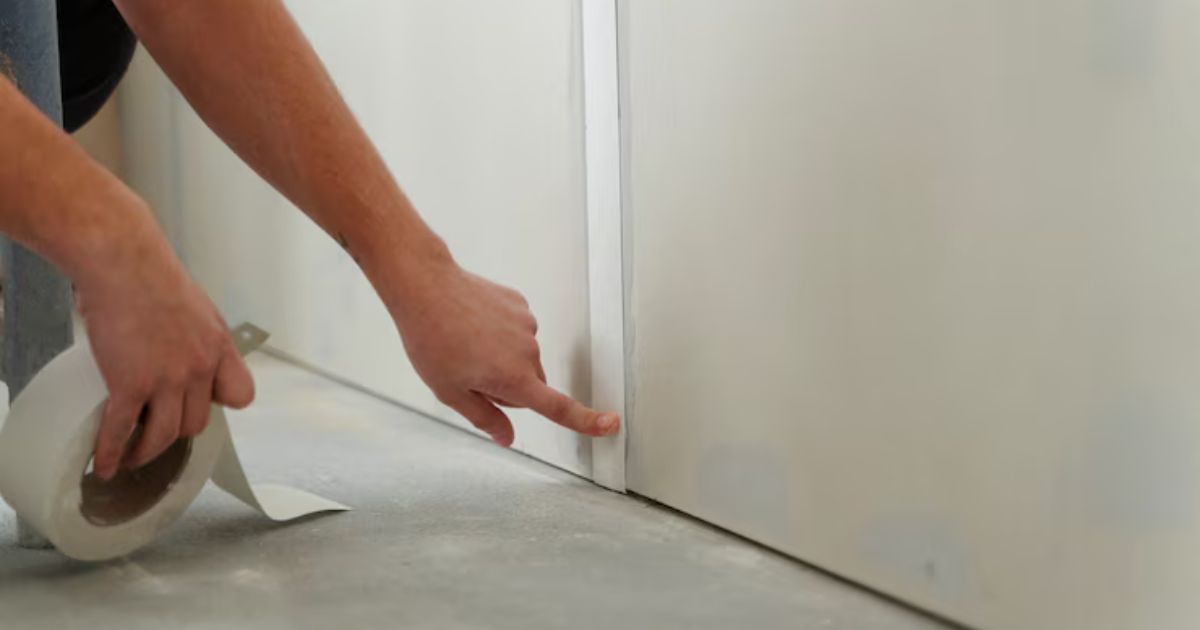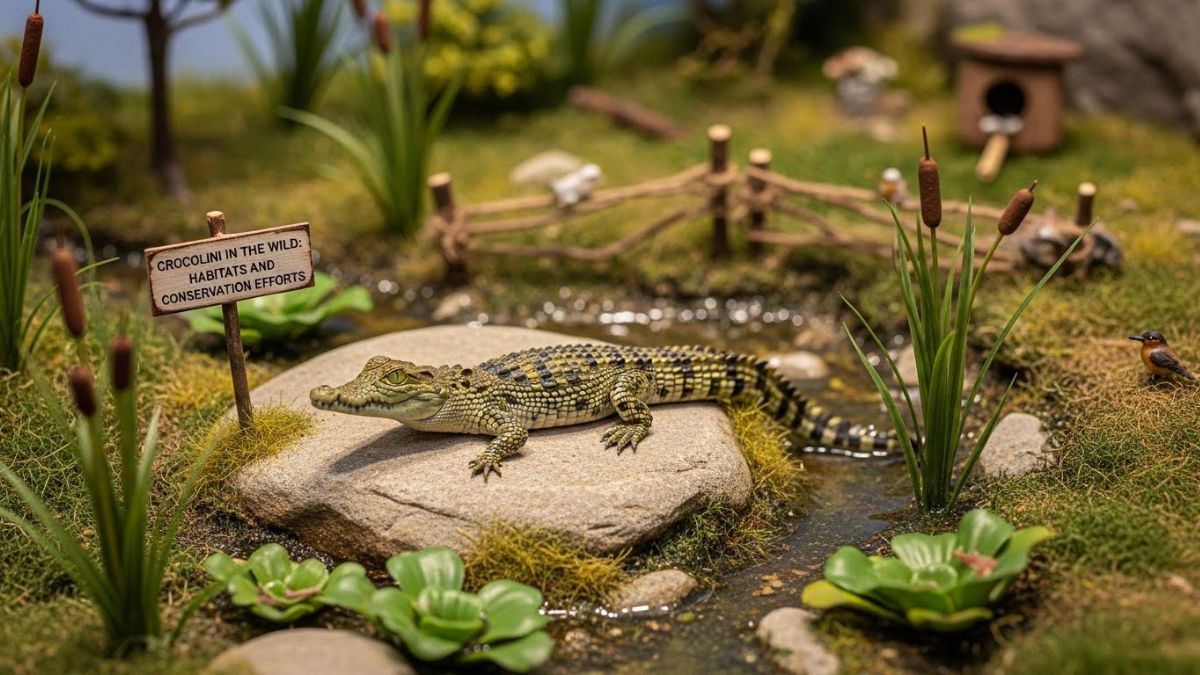Skirting, often called baseboard or skirting board, is a decorative and functional element that runs along the bottom of interior walls. It covers the joint between the wall surface and the floor, serving both aesthetic and practical purposes. From protecting walls to enhancing room décor, skirting plays a subtle yet significant role in interior design.
Purpose of Skirting Boards
Skirting is more than just trim—it acts as a barrier to prevent furniture scuffs, hides gaps or uneven floor finishes, and provides a clean, finished look to any room. It also conceals wiring and plumbing, helping to maintain a tidy, seamless wall-to-floor transition.
Different Materials Used in Skirting
Skirting boards are made from various materials, each with its own benefits. MDF (Medium-Density Fibreboard) is affordable and smooth, ideal for painting. Solid wood brings a natural finish and warmth, while PVC and vinyl skirting is water-resistant and suitable for bathrooms or kitchens. Metal and aluminum skirting is popular in modern, industrial settings due to its sleek appeal and durability.
Common Types of Skirting Profiles
There are numerous skirting board profiles to suit every interior style. Torus and Ogee profiles are traditional and feature elegant curves. Bullnose is simple and rounded, great for minimalist looks. Square edge skirting offers clean lines for contemporary homes. Chamfered styles blend subtle angles with modern simplicity.
Uses of Skirting in Residential Spaces
In homes, skirting is used in living rooms, bedrooms, hallways, and even staircases to give a polished appearance. It protects walls from daily wear and tear, especially in high-traffic areas. In children’s rooms, skirting shields against toys and small accidents, while in kitchens, waterproof skirting prevents water damage.
Skirting for Commercial Interiors
Commercial environments like offices, hotels, and showrooms benefit from skirting to maintain a professional, clean aesthetic. It also simplifies maintenance by making cleaning easier and preventing dust build-up in wall-floor gaps. Many commercial spaces use cable management skirting to hide wires discreetly.
Waterproof Skirting for Wet Areas
In bathrooms and laundry rooms, waterproof skirting is crucial. Materials like PVC or treated wood resist water and prevent rot. This type of skirting is easy to clean and ensures long-term protection against moisture damage.
Decorative Value of Skirting
Skirting enhances a room’s visual appeal by framing the space. When painted in contrasting or complementary colors, it can highlight flooring or tie in with ceiling cornices. Ornate skirting adds character to traditional rooms, while minimalist skirting can amplify a modern, sleek aesthetic.
Skirting Heights and Thickness Options
Skirting boards come in various sizes. Standard heights range from 4 to 7 inches, but taller options are available for dramatic effect. The thickness typically ranges from 12mm to 25mm. Thicker skirting is often used in larger rooms or period properties, while slimmer profiles suit modern flats and smaller spaces.
Installing Skirting Boards
Installing skirting involves measuring the wall, cutting boards to size, and fixing them with adhesive, nails, or screws. Mitre joints are used at corners for a seamless look. While DIY installation is possible, professional fitting ensures a perfect finish, especially around curves and doorways.
Painting and Finishing Skirting
Skirting can be stained, varnished, or painted to suit the room’s style. White is the most common color, offering a crisp, clean look. However, bold colors or wood finishes can create striking contrasts or a cozy atmosphere. Satin and gloss finishes are popular for their durability and sheen.
Skirting with Cable Management Features
Modern skirting often comes with cable trunking systems built in, especially in tech-heavy or commercial spaces. These hide electrical wires and internet cables, keeping them organized and out of sight. It’s a sleek solution for anyone wanting functionality without sacrificing aesthetics.
Maintenance and Cleaning of Skirting
Skirting boards collect dust and dirt over time. Regular cleaning with a soft cloth or vacuum attachment keeps them looking sharp. Painted skirting may occasionally need touch-ups, while wood skirting might require re-varnishing. PVC skirting is the easiest to maintain due to its stain-resistant surface.
Choosing the Right Skirting for Your Space
The ideal skirting depends on room size, decor style, moisture levels, and budget. For classic homes, traditional profiles in solid wood work best. In humid environments, waterproof PVC or vinyl is essential. For a contemporary, minimalistic look, opt for square-edge MDF or aluminum.
Modern Trends in Skirting Design
Today, skirting boards aren’t just functional—they’re a design statement. Popular trends include flush skirting that blends with the wall, illuminated skirting with built-in LED lights, and oversized profiles for bold architectural features. These styles can elevate interior design with subtle elegance.
Skirting in Modular and Mobile Homes
In prefabricated and mobile homes, skirting also refers to the panels that cover the space beneath the structure. These panels protect against weather, pests, and debris, and are often made of vinyl, metal, or concrete. Unlike interior skirting, these serve insulation and stability purposes.
Environmental Impact and Sustainability
Eco-conscious choices in skirting materials are on the rise. Recycled MDF, sustainably harvested timber, and low-VOC paints contribute to greener construction. Homeowners seeking sustainable options can also opt for skirting that is recyclable or manufactured with reduced carbon emissions.
Cost of Skirting Installation
Prices vary depending on material, size, and labor. MDF skirting is the most budget-friendly, starting around $1–$2 per linear foot, while solid hardwood can range from $5–$10 per linear foot. Professional installation costs extra but guarantees precision and longevity.
Replacing Old or Damaged Sk’irting
Over time, skirting may become scuffed, water-damaged, or outdated. Replacing it can instantly refresh a room. Removal involves prying off old boards, cleaning the surface, and installing new ones. It’s also a chance to switch to a more modern or durable option.
Conclusion
Skirtin’g is a crucial detail in interior design and home maintenance. Whether enhancing aesthetics, protecting walls, or hiding cables, it plays multiple roles that contribute to a polished, functional space. With countless materials, designs, and modern innovations available, choosing the right skirting can add both value and visual harmony to your home or business.
FAQs
Can I install skir’ting boards myself?
Yes, with the right tools and patience, DIY skirting installation is possible, especially for straight walls. Curved or irregular areas may require a pro.
Is skirt’ing necessary in every room?
While not mandatory, skirting is recommended in most rooms for a finished look and wall protection.
How do I choose the best skirt’ing material?
Consider the room’s humidity, foot traffic, style, and budget. For wet areas, go for PVC; for elegance, use wood.
What color should skirt’ing boards be?
White is classic, but you can match skirting to the wall for a seamless look or contrast it for emphasis.
How often should skirti’ng be cleaned or repainted?
Dust it weekly and repaint or refinish it every few years depending on wear, especially in high-traffic zones.











